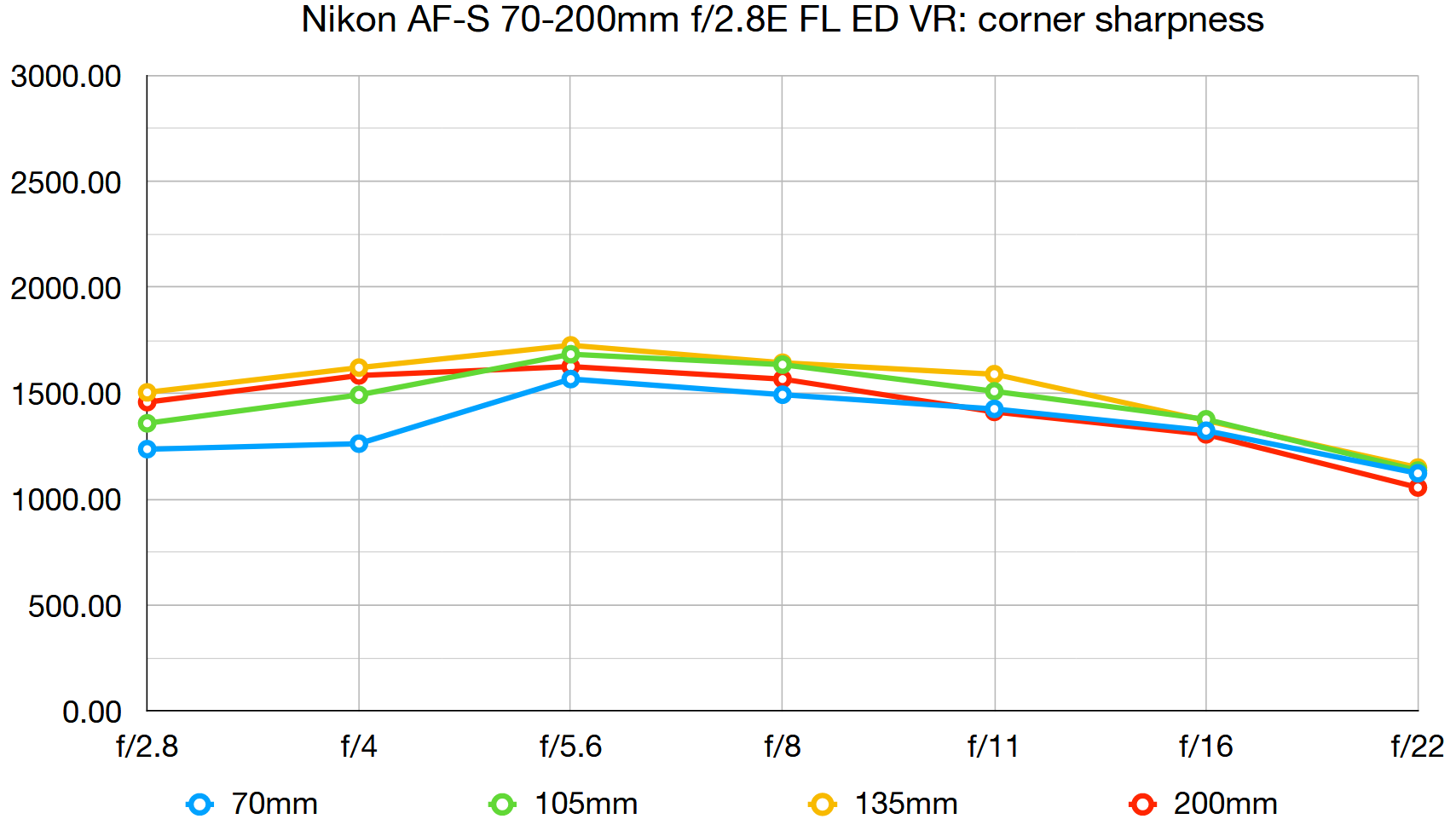Digital Camera World Verdict
With an epic feature set matched by top-notch build quality, all-round performance and image quality, this is a stunning 70-200mm f/2.8 zoom lens. It builds on the success of previous editions, bringing a raft of new features including fluorite glass, uprated optical stabilization and an electromagnetically controlled aperture diaphragm, although the last of these makes it incompatible with some older Nikon DSLRs. The only catch is that the Sigma 70-200mm f/2.8 DG OS HSM Sports lens performs every bit as well and is much less expensive to buy.
Pros
- +
Excellent handling characteristics
- +
Tough magnesium alloy barrel
- +
High-spec features
Cons
- -
Expensive to buy
Why you can trust Digital Camera World
The Nikon AF-S 70-200mm f/2.8E FL ED VR sits at the telephoto end of ‘trinity’ NIKKOR zooms and is the latest and by far the greatest of the breed. Perfect for pro-grade wedding, event, sports and wildlife photography, it delivers all the versatility that a 70-200mm f/2.8 typically offers, backed up by tough build quality, tricked-up features and stellar performance.
Read more: the best Nikon lenses
Specifications
Mount: Nikon F (FX)
Full-frame: Yes
Autofocus: Yes
Image stabilisation: Yes
Lens construction: 22 elements in 18 groups
Angle of view: 34.3-12.3 degrees
Diaphragm blades: 9
Minimum aperture: f/22
Minimum focusing distance: 1.1m
Maximum magnification ratio: 0.21x
Filter size: 77mm
Dimensions: 89x203mm
Weight: 1,430g
Key features
When launched, this latest F-mount 70-200mm f/2.8 lens became our instant favorite telephoto zoom for shooting with Nikon DSLRs. Compared with the previous edition, it has an uprated optical design that features a fluorite glass element, six ED elements, one HRI element and the bonus of Nano Crystal Coat.
The revised 4-stop, dual-mode VR system has automatic panning detection plus a ‘Sport’ mode that doesn’t interfere with the viewfinder image and avoids a slowdown in continuous shooting. An electromagnetic diaphragm is also added, to ensure greater exposure consistency in rapid continuous drive mode. A dual-mode autofocus system gives priority to either automatic focusing or manual override, and there are AF on/lock buttons on the magnesium alloy barrel.
Further down the line, however, it has to be said that practically all of these features are matched by the Sigma 70-200mm f/2.8 DG OS HSM Sports lens that came along later and is much less expensive to buy.
Performance
Sharpness and contrast are legendary, throughout the zoom range. Again though, the Sigma Sports lens goes toe to toe with the Nikon for sharpness in real-world shooting, while matching other aspects of the Nikon’s image quality, autofocus speed and the effectiveness of stabilization.
Lab results
We run a range of lab tests under controlled conditions, using the Imatest Master testing suite. Photos of test charts are taken across the range of apertures and zooms (where available), then analyzed for sharpness, distortion and chromatic aberrations.
We use Imatest SFR (spatial frequency response) charts and analysis software to plot lens resolution at the center of the image frame, corners and mid-point distances, across the range of aperture settings and, with zoom lenses, at four different focal lengths. The tests also measure distortion and color fringing (chromatic aberration).
Sharpness:
Levels of center-sharpness are scintillating throughout the entire zoom range, even when shooting wide-open at f/2.8, and high levels of sharpness are retained right out to the extreme corners of the image frame.
Fringing:
The best camera deals, reviews, product advice, and unmissable photography news, direct to your inbox!
Slight amounts of lateral chromatic aberration can be noticeable towards the corners of the image frame at 70mm, but that dies away in the 105-200mm sector of the zoom range.
Distortion:
There’s virtually no distortion at all at 70mm and only slight pincushion distortion at longer zoom settings.
Verdict
With an epic feature set matched by top-notch build quality, all-round performance and image quality, this is a stunning 70-200mm f/2.8 zoom lens. It builds on the success of previous editions, bringing a raft of new features including fluorite glass, uprated optical stabilization and an electromagnetically controlled aperture diaphragm, although the last of these makes it incompatible with some older Nikon DSLRs. The only catch is that the Sigma 70-200mm f/2.8 DG OS HSM Sports lens performs every bit as well and is much less expensive to buy.
Read more:
• Best camera lenses to get
• Best Canon lenses
• Best Nikon lenses
• Best Sony lenses
Matthew Richards is a photographer and journalist who has spent years using and reviewing all manner of photo gear. He is Digital Camera World's principal lens reviewer – and has tested more primes and zooms than most people have had hot dinners!
His expertise with equipment doesn’t end there, though. He is also an encyclopedia when it comes to all manner of cameras, camera holsters and bags, flashguns, tripods and heads, printers, papers and inks, and just about anything imaging-related.
In an earlier life he was a broadcast engineer at the BBC, as well as a former editor of PC Guide.







